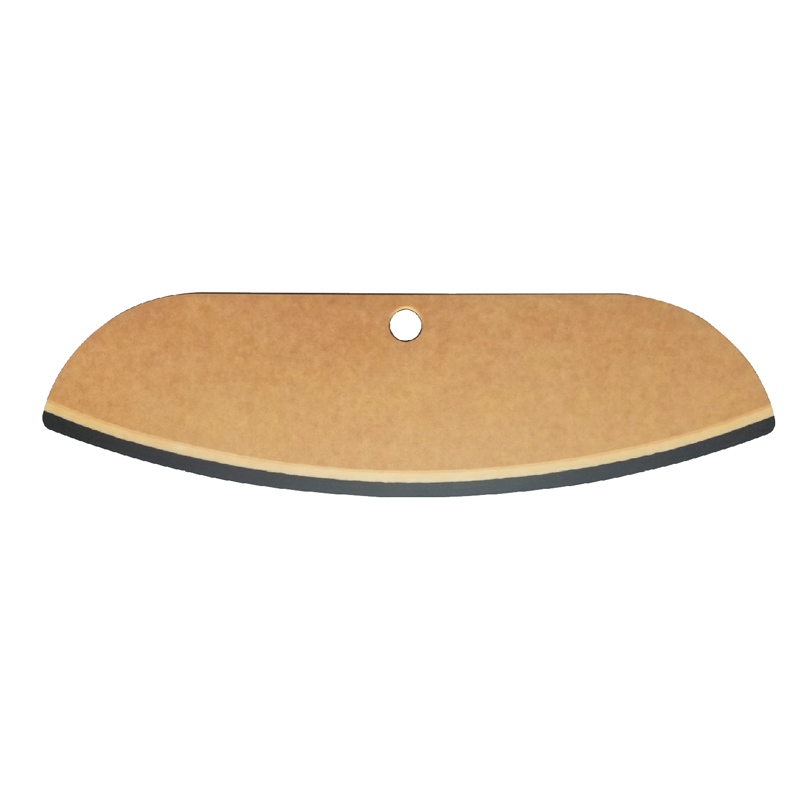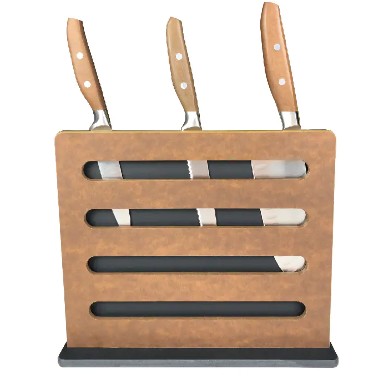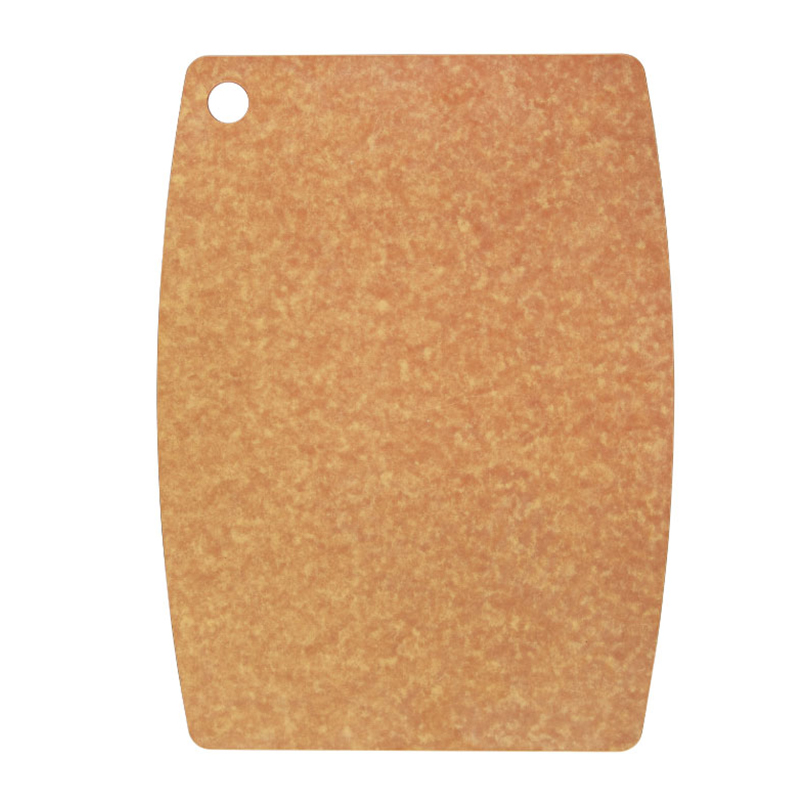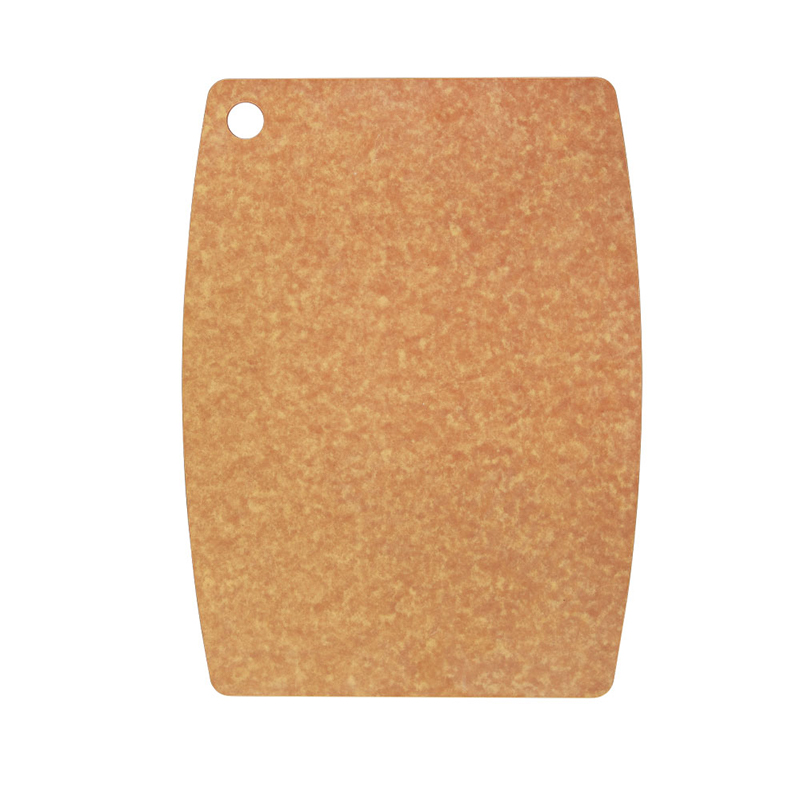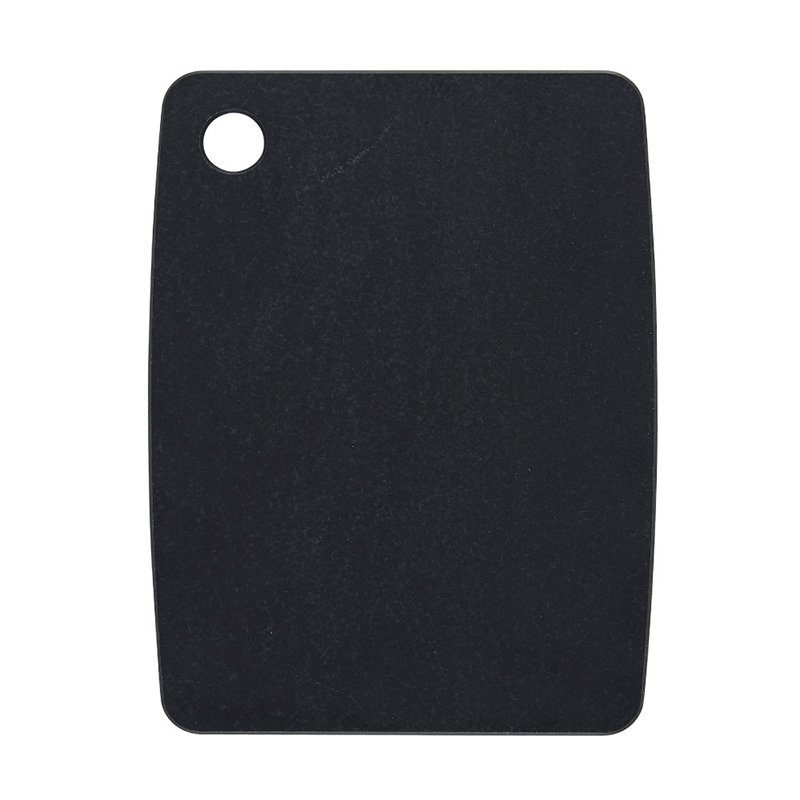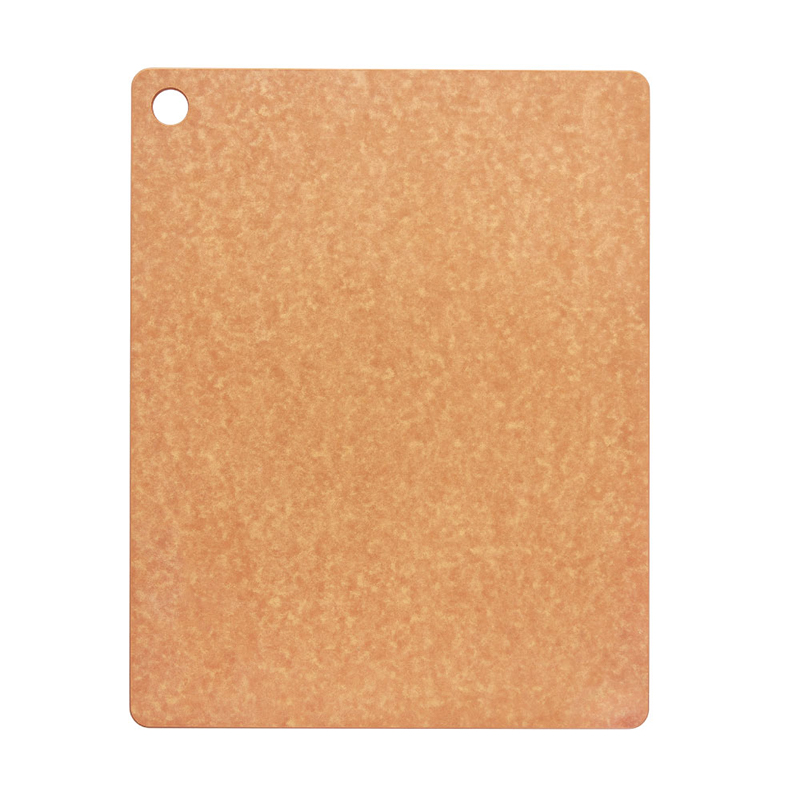-
Why the Composite Cutting Board Is Taking Over Modern Kitchens
In today's modern kitchen, functionality, hygiene, and sustainability all matter when choosing the right tools. One item that often gets overlooked but plays a crucial role in daily food prep is the cutting board. Recently, the composite cutting board has gained popularity for its unique balance of durability, performance, and safety—making it a must-have for both home cooks and professional chefs.
Unlike traditional wooden or plastic boards, a composite cutting board is made from layers of natural fibers and resin that are compressed together under high pressure. The result is a strong, dense surface that mimics the good properties of wood but without many of its drawbacks. It’s no surprise that more kitchens are opting for the composite cutting board as their go-to surface for slicing, dicing, and chopping.
One of the biggest advantages of a composite cutting board is its durability. It resists warping, cracking, and deep knife grooves, which often compromise wooden or plastic boards. This makes it an ideal choice for heavy-duty use, whether you're carving meats, chopping vegetables, or filleting fish.
In addition to strength, hygiene is a key factor. A composite cutting board is non-porous, meaning it doesn’t absorb moisture or bacteria the way wooden boards often can. This makes cleaning easier and helps maintain a higher level of food safety. Many are even dishwasher-safe, which adds another layer of convenience.
The composite cutting board also performs well in terms of knife care. Its surface is tough enough to withstand repeated cutting, yet gentle enough to prevent premature dulling of your knives. For professional chefs who value their tools, this balance is crucial—and it's one reason the composite cutting board is often found in commercial kitchens.
Aesthetics play a role, too. Many composite cutting board designs have a sleek, matte finish and a neutral tone that complements modern kitchen decor. Whether you're prepping a meal or serving cheese and charcuterie, this type of board looks good doing both.
Another often-overlooked benefit of the composite cutting board is its eco-friendliness. Because it’s typically made from recycled materials and sustainable fibers, it aligns well with environmentally conscious lifestyles. Unlike plastic, which can leach chemicals and end up in landfills, the composite cutting board has a much lower environmental impact.
For people who do meal prep several times a week, convenience is key. A composite cutting board is usually lighter than thick wooden boards, making it easier to carry from countertop to sink. Many models also feature non-slip feet or juice grooves, adding to their overall functionality.
In professional kitchens, where efficiency and cleanliness are paramount, the composite cutting board is increasingly replacing traditional options. Its heat resistance even allows for some light pan transfers, a feature that's not recommended with plastic or soft wood boards.
When shopping for a cutting surface, many consumers are overwhelmed by choices—bamboo, plastic, end-grain wood, glass. But when you compare the features, the composite cutting board stands out as the good all-around performer. It offers a seldom combination of resilience, hygiene, knife-friendliness, and environmental responsibility.
If you’re looking to upgrade your kitchen tools, consider switching to a composite cutting board. It’s more than just a surface—it’s an investment in cleaner, safer, and smarter food preparation. With its growing popularity and proven benefits, the composite cutting board is here to stay.

 日本語
日本語 English
English 中文简体
中文简体
